QuestionI am inquiring about the specific muscle groups, tendons, ligaments, etc. used during a run (barrel racing). or if you could point me to a specific website, that would work as well.
thank you.
AnswerHi Amanda! Thanks for visiting allexperts.com! Please accept my sincerest apologies in a delayed response. Your question is quite a good, and indepth one! I don't know personally of specific websites that will show you the detailed list of the different structural groups that go into play in barrel racing specifically but I can suggest that if your vet, or one in your area is willing, have him/her go over this information with you visually on a live horse, or via illustrations/video. Please note that I am not a vet or an exercise physiologist and am providing this information to the best of my knowledge.
The short of it is that horses tend to use every structural grouping during an actual run, but in different manners at different times which I will outline for you. That makes it quite easy in some instances to identify horses who have been trained or exercised improperly, aren't using rear end impulsion, rounding through the back, flexion through the poll and softening of the mouth, flexion throughout the spinal column, etc.
Physiology is basically form to function...not only how the horse is built but how effective that build is to the way the horses moves, uses/carries itself and in many cases, its rider. Let's do a brief overview of anatomy and how it relates to the barrel horse and maybe that will be a good start!
In events such as barrel racing, working cow horse, jumping, etc. I tend to follow the philosophy "pretty is as pretty does." Everyone wants a horse that is pleasing to the eye, but if he is put together soundly, that will go a lot farther than nice markings on a paint, or a lot of chrome on an arabian. Let's talk usability! The degree of soundness will help determine the usable lifetime of the horse and many many factors go into play when we look at degree of soundness.
Lets start with the head. How much does the head have to do with barrel racing? First off, its desireable to have a horse with good vision. Many older patterned, seasoned horses are encountering vision issues from cataracts to moon blindness to one blind eye...but I will reiterate the "patterned, seasoned" adjectives. Younger, greener, less seasoned horses rely heavily on looking ahead and being supported by their rider. Larger, wide set eyes are a plus as the expand the horses visual capacity, enabling him to see what is around him, look ahead, become less spooked, etc. We also want to see larger nostrils on an athletic horse which allow the horse to breathe more efficiently, in turn allowing him to work harder. Its also a positive for the horses face to have enough capacity to allow for nasal terminates which heat/cool air/breath as neccessary when the horse is working. There is a fine line however and too long of a head is generally thought of as undesireable and can also interfere with a horses' balance if unproportionately large.
Moving down to the neck, it is best to have a neck that is tied in comfortably to the shoulder which will allow for optimum use of the front portion of the body during a run to provide balance for the horse. The horses' center of gravity is actual further forward than the midway point, and during normal motion, the will carry 60-65% of their body weight on their front legs. Thus, the head and neck aid in helping the horse adjust to changes in center of gravity...which can happen abruptly in sports such as barrel racing where there are sharp, fast turns. The neck should be proportionate to the body, not so long as to throw even more weight on the forward center of gravity, but not so short as to inhibit balance and stabilization.
We now move a bit further back to the shoulder and forelimb area. As with working horses, quality of bone is a must. Horses should have dense, strong bone to help promote stability, strength and aid in shock absorption. The angle of the shoulder is important, especially in a speed sport. The more laid back the shoulder, or the larger the degree of the angle, the more built in shock absorption the horse has which aids in the impact on the structural system when the horses hooves are pounding the ground during a run, or the bodys' joints are receiving excessive stress during turns which involve changes of impulsion, speed, and somewhat direction. The shoulder angle also plays a role in the horses stride itself. The larger the shoulder angle (or more laid back it is), the longer of a stride the horse will have, or the more closed it is, the choppier the horse will move. For some people this is an issue, for others not as much. The ideal shoulder/front pastern angle (which often and ideally should mimic each other) is ~45-50 degrees. It is often argued that a horse with a longer stride is easier and more comfortable to ride. In regards to barrel racing, it allows them to more easily gallop into the rate area or pocket of a barrel and, although slowing down, continue forward impulsion around, while choppier horses will tend to gallop right into the backside of a barrel and do a "rollback" around it, then push back off of their hind end. We like to see strong, muscular forearms on a barrel horse to help "pull" them out of turns and gain traction while the hind end "digs" and "pushes".
We are making our way towards the rear, our impulsion center, but will stop at the midsection or barrel of the body which includes the back and ribcage area, tying into the rear. First off, its not desireable to have a horse higher in the rump than in the withers. This makes the horse considered "downhill" which throws even more than the average % of the horses' body weight on its front end causing undue stress to the more forward joint systems and often causing soreness in the back from the rear structural and support systems having to overcompensate to keep the horses more level. Ideally, your horses midsection will be strong through the back, tied in tightly with both withers and croup/rump for a solid back as opposed to too long of an underline or especially a topline or an ill proportioned topline:underline which can cause weakness and/or hollowing in the back preventing proper utilization of the horses fore and hind areas.
Onward to the rear...the drivetrain of the barrel horse. (or any moving horse for that matter). If your horse has a correct hindleg, you should be able to drop a plumb line or visually eye a straight line beginning at the point of the hip and going straight down through the point of the hock, and then the fetlock, going straight down to the ground. If this line is crooked or doesn't intersect the ground in a perpendicular manner, your horses isn't completely correct in the hindlimb. What a correct hindlimb does is provides a proper angle between the femur (thigh bone) and the pelvis or hip area. Ideally this angle should be a tad more laid back than in the forelimb, measuring out about 50-55 degrees. You will often hear that it is good to have a horse with low hocks, which is true. A long cannon bone isn't as desireable or function and lower hocks provide a better "rudder" type system for the horse...especially those such as barrel racers or cutters that rely on the rear limbs to act not only as shock absorbers but also as rudders, pivot points, etc. and they need to be able to be strong, flexible and quick recovering for the sudden, abrupt movements horses in these disciplines must endure. More simply put, the cannon bone acts as a lever and the longer the lever, the less effective it is which is also where those rear limb tendons come into play as they attach and pull on the point of hock for drive. The shorter the tendons, the stronger the pull. Many riders in disciplines where the horse uses his hocks under him will desire a horse that is slightly sickle hocked or when the horse turns his hocks out and stifles in. It actually enables the horse to get his legs up under him easier and isn't too much of a blemish provided it isn't to an excessive degree. The barrel horses' rear end is often quite muscular, especially through the stifle area, and rounded over the croup due to the extreme workout the muscle and support groups in the rear endure.
In short, a barrel horse relies on large eyes and nostrils to promote an optimum visual and to effectively manage breathing, well cared for teeth to promote bit comfort so as not to compromise performance or lead to pain evasion or over compensation throughout the body, flexibility through the poll allowing the horse to more effectively round off through the back and drive from behind, a proportionate, well tied in neck to act as a balancer, a well strong boned and supported front end to help "pull" the horse through turns and as the rear end is gathering to dig and push, a strong flexible back tied in tightly to both the front and rear portions of the body to act as a connector, a well muscled, well angled rear end and hind limb that serves to not only absorb shock during hard runs and fast/hard stops/turns but to also act as an impulsion source to propel the horse forward and provide strength and speed. The hooves should be proportionate with the body, not too small, because the larger the surface area, the less impact each portion of that area has to with stand. Proper exercising and conditioning is crucial not only to the structural and support systems to these horses, but also to their respiratory system as well. Proper nutrition to aid in replacement of vital nutrients, protein for muscle and bone synthesis, fats for energy and condition are crucial. Continuing to be on top of routine medical care as well as ensure proper injury treatment and rehab is vastly important as well.
I hope this has helped shed some light and although I didn't specifically name muscles or tendons, this should give a good overview of how it all ties in together. Please let me know if I can be of further help and thanks again for visiting!

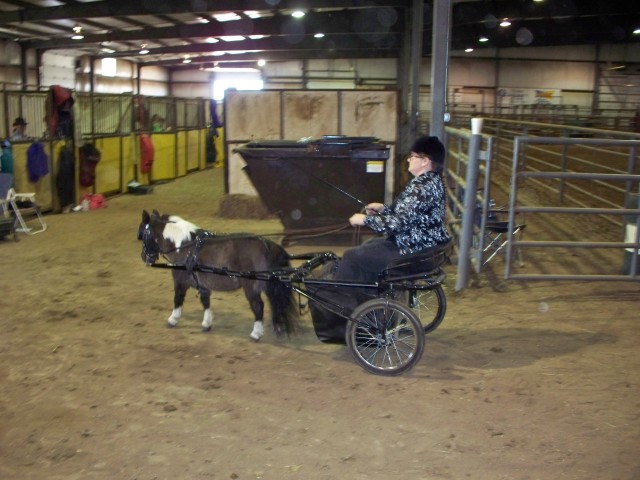 Mini Horse Training
QuestionToughy the mini
QUESTION: Hello (again!)
Mini Horse Training
QuestionToughy the mini
QUESTION: Hello (again!)
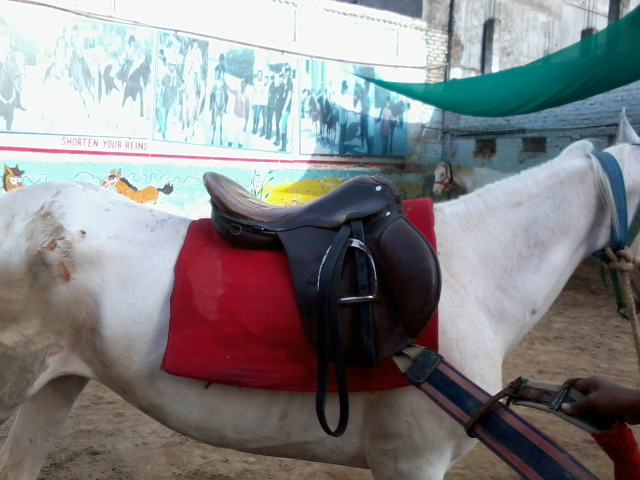 saddle laid correctly
Question
saddle laid
hello Lyn, is this saddle l
saddle laid correctly
Question
saddle laid
hello Lyn, is this saddle l
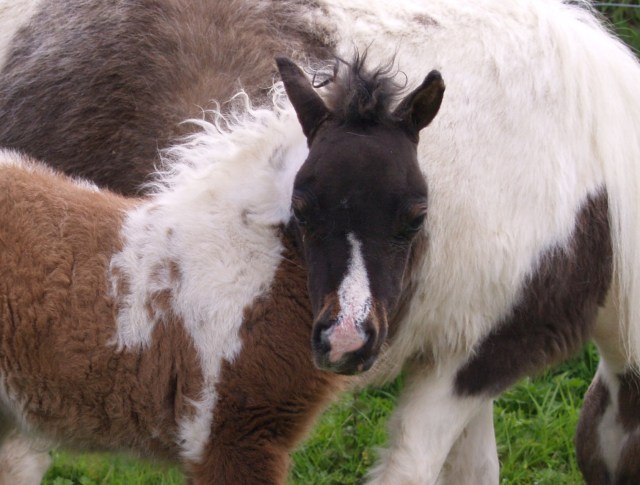 Facial nerve damage in a foal
QuestionAmerican Miniature Foa
QUESTION: Hello
I
Facial nerve damage in a foal
QuestionAmerican Miniature Foa
QUESTION: Hello
I
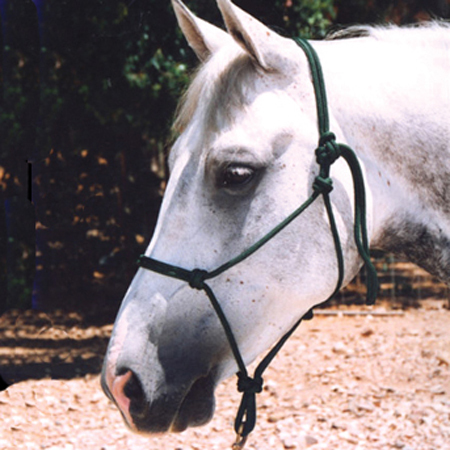 headcollar facts
Question
Knotted-Rope-Halter
hello madam,
1)why traine
headcollar facts
Question
Knotted-Rope-Halter
hello madam,
1)why traine
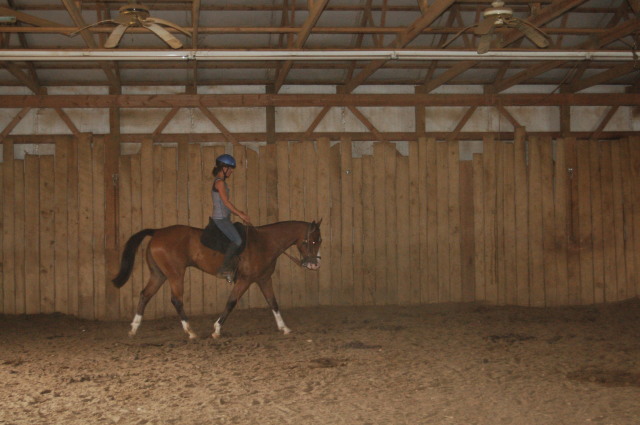 Bucking and running while longeing
QuestionRiding
QUESTION: I have a 7 yr unregiste
Bucking and running while longeing
QuestionRiding
QUESTION: I have a 7 yr unregiste